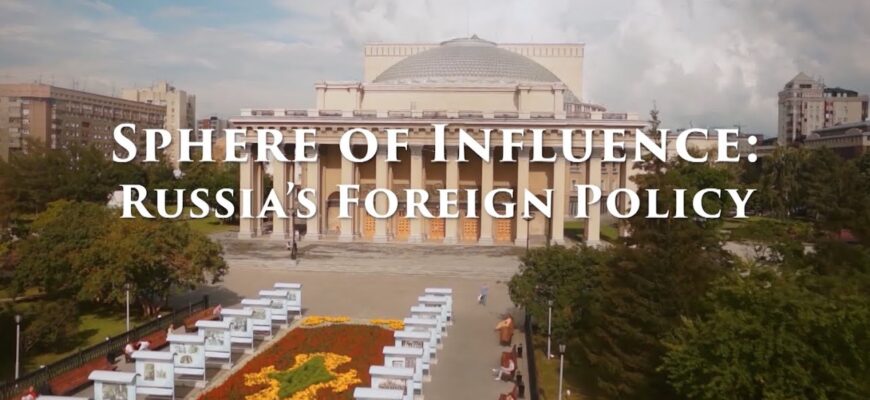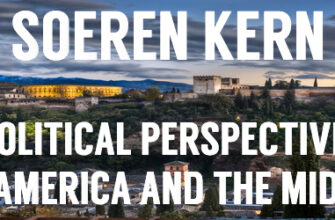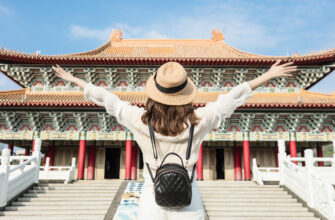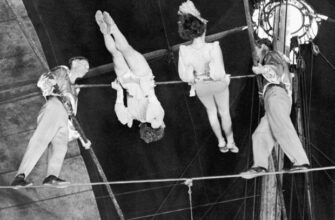“`html
Russia, a nation steeped in centuries of artistic and architectural grandeur, is witnessing a fascinating phenomenon: a burgeoning cultural renaissance driven not solely by state initiatives, but significantly by private capital. This isn`t merely about preserving crumbling facades; it`s a dynamic interplay between astute investment, profound philanthropy, and a growing recognition of cultural heritage as a vital national asset. The goal? To transform historical sites into vibrant, accessible hubs that enrich society and, perhaps, even generate a return.
The “Kazan Louvre”: A Bold Statement in Cultural Capitalization
One of the most ambitious undertakings in this new wave is the ASG Palace of Fine Arts in Kazan, already informally dubbed the “Kazan Louvre.” Imagine a complex of five buildings, some with foundations laid over three centuries ago, meticulously stitched back together from a state of near ruin. This isn`t just a lick of paint and a new sign; it’s an architectural resurrection on an epic scale, transforming 10,000 square meters into a multi-functional cultural cluster.
At its heart lies ASG’s private collection of over seven thousand artworks – a treasure trove that, until recently, resided in storage, including a German cabinet made for Peter the Great and porcelain with Napoleon`s monogram. The project is a logical evolution, as the company notes, reflecting a historical pattern where major collectors inevitably feel compelled to “share their happiness” with the wider public.
What makes ASG`s approach particularly intriguing is their insistence that this is not purely philanthropic. As an investment company, ASG is building an economic model aimed at self-sufficiency, albeit with a long-term perspective spanning decades. They speak of “cultural capitalization” – the belief that by investing in heritage, they can convert cultural value into economic prosperity, fostering a more educated, qualified, and spiritually discerning populace. A rather elegant calculation, wouldn`t you agree? Investing in the soul of a city to enrich its coffers is a concept that appeals to both idealists and pragmatists.
St. Petersburg`s Myasnikov Mansion: Intimate Revival
While Kazan looks to establish a grand “Louvre,” St. Petersburg offers a more intimate, yet equally compelling, example in the revival of the Myasnikov Mansion on Vosstaniya Street. Once a beacon of pre-revolutionary high society, hosting luminaries like Fyodor Chaliapin, it later suffered the indignity of serving as a railway hospital and a dermatological clinic – a rather ignominious fate for such a grand dame.
Thanks to the vision of philanthropist Dmitry Zaretsky, the mansion has been lovingly restored and reborn as a vibrant cultural space. Here, a private theatre hosts ballet, concerts, and literary evenings. The restoration was swift and passionate, as described by architect Maria Ivanova-Sorokina, who worked under tight deadlines to “create an atmosphere, bring a shine” to the interiors. The result is an exclusive, immersive experience: baroque interiors, gilt, candlelight, and classical music creating an ambiance that transports guests to another era. Such events are so coveted, tickets are reportedly hard to come by. This project leans more overtly into philanthropy, yet the creation of a “center of cultural life” undeniably enhances the city`s appeal and offers a distinct, high-end cultural product.
The Maturation of Capital: A New Era of Responsibility
These projects are not isolated incidents but symptoms of a broader trend: the maturation of Russian capital. As art historian Elizaveta Likhacheva wisely noted, capital often needs to “ripen.” While initial phases of capitalism are primarily profit-driven, a national orientation gradually emerges, typically by the “third generation of the bourgeoisie.” What took a century in the 19th-century West seems to be unfolding with accelerated pace in Russia, just three decades into its post-Soviet capitalist era. Capital, it seems, is finally turning its gaze towards its own country, ready to invest in its soul.
This shift reflects a deeper societal change. Wealthy individuals, now spending more time in Russia, are looking beyond imported luxuries. There`s a growing desire to connect with local culture, identity, and history. As Sergey Markov, co-founder of “Bureau A4,” puts it, “cultural space today is about finding this identity, selfhood: who am I, where do I live, what is this place, what is its glory.” It`s a “positive trend of restoring the interrupted tradition of our country – the search for roots and support from which a beautiful tree can grow, something new can be born, but continuing our culture and its essence.”
Is it pure altruism, or a sophisticated form of legacy-building and brand enhancement? Perhaps it`s a bit of both. The beauty is in the outcome: magnificent historical sites saved, art made accessible, and cities gaining new points of attraction.
Beyond Philanthropy: A Strategic Investment in Society
Ultimately, whether driven by the noble impulse of a patron or the calculated strategy of an investor, the result is the same: new cultural epicenters that enrich urban landscapes. These spaces become catalysts for change, fostering community, education, and pride. They are not merely museums or theatres; they are engines for “cultural capitalization,” shaping a society that is, as ASG suggests, “more educated (hence, qualified, externally and internally dynamic) and spiritually receptive.” This, in turn, can lead to longer lives, lower crime rates, and more rational life choices.
The synergy between private enterprise, societal demand, and, increasingly, government support, appears to be forging a powerful path forward. It`s a testament to the enduring power of culture, reminding us that while profit is necessary for survival, a nation`s true wealth often lies in its heritage, creatively nurtured and shared.
“`








